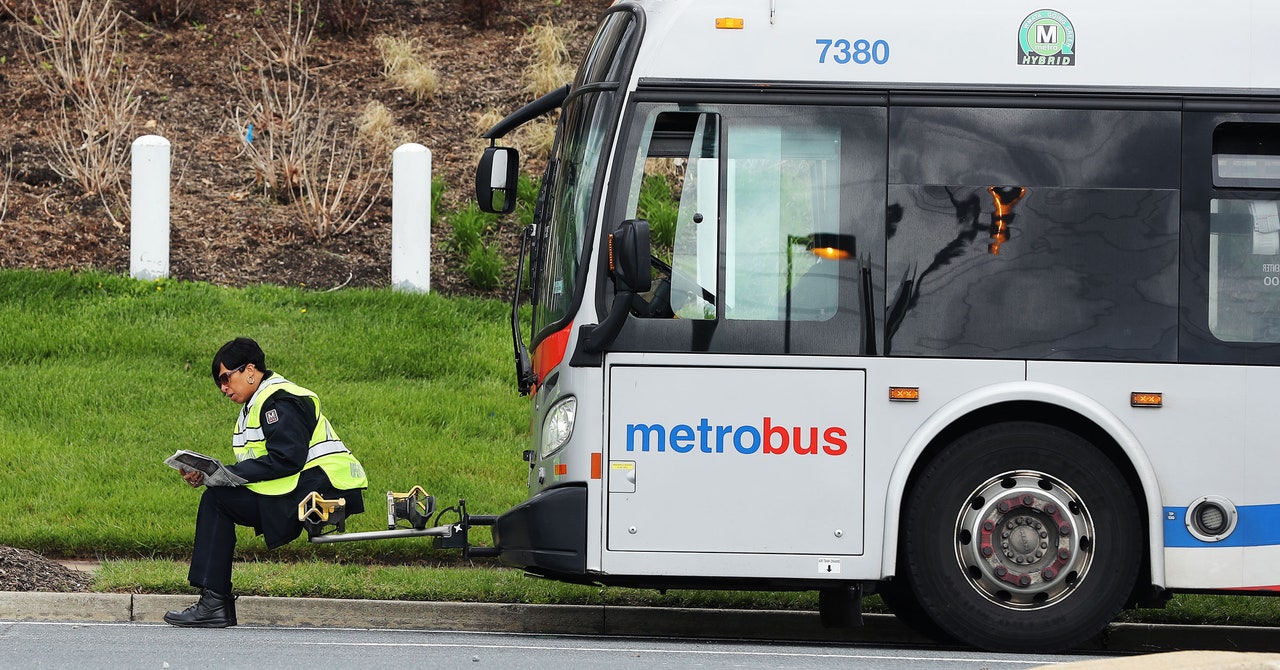Now more than ever in the US, your money defines you. If you’re rich, you’ve splurged on enough canned food and TP to ride out several pandemics, let alone Covid-19. As the start of the school year approaches, perhaps you’ve hired tutors for your kids. Maybe you’ve decamped to your country compound to hunker down and escape the masses. But if you’re poor, you may be stuck taking public transport to your essential job. Without much savings in the bank, you have to make frequent trips to the grocery story to get supplies little by little.
So perhaps it’s no surprise that scientists now have the data to show that Americans with low income have been more mobile during the pandemic than the wealthy, potentially exposing themselves to a greater risk of infection. Writing in the journal PNAS, researchers from several California universities describe how they used anonymized cell phone location data and census info to show a dramatic reversal in how mobile Americans have been this year. Before Covid-19 struck, rich Americans moved about more than poor Americans—they can always afford to travel. But between January and April, that flipped. Rich folk are now far more likely to stay completely at home than poor folk: The study found that 25 percent more high earners stayed completely at home during the pandemic, compared to the number of them who had stayed home before. That increase was only 10 percent among low earners. And that has major implications for how we as a nation can fight the pandemic.
“In the early stages of the Covid-19 pandemic, there was a clear mobility response across the board,” says University of California, Davis environmental economist Joakim Weill, lead author on the paper. “In the US, everyone started to stay at home more. But we also found that there is a clear differential between wealthier communities and poor communities, where individuals in wealthier neighborhoods tended to stay at home much more than people in poorer neighborhoods.”
To quantify this, Weill and his colleagues tapped three sources of anonymized cell phone location data. This came from SafeGraph and PlaceIQ, both companies that provide geospatial data, as well as Google. They paired this with census data showing the median income level of given areas across the US. All told, they could track the movements of millions of Americans between January, just before the virus started spreading out of control in the US, and April, when we were deep into lockdown.
Sure enough, the rich stayed put. Close to half of the wealthiest Americans stayed completely at home on weekdays in April, compared to less than 40 percent of low-earners. The poor traveled farther distances on average: In the same month, people who live in lower-income areas traveled between 5 and 6 kilometers, while the rich traveled closer to 4. The rich nearly halved their visits

